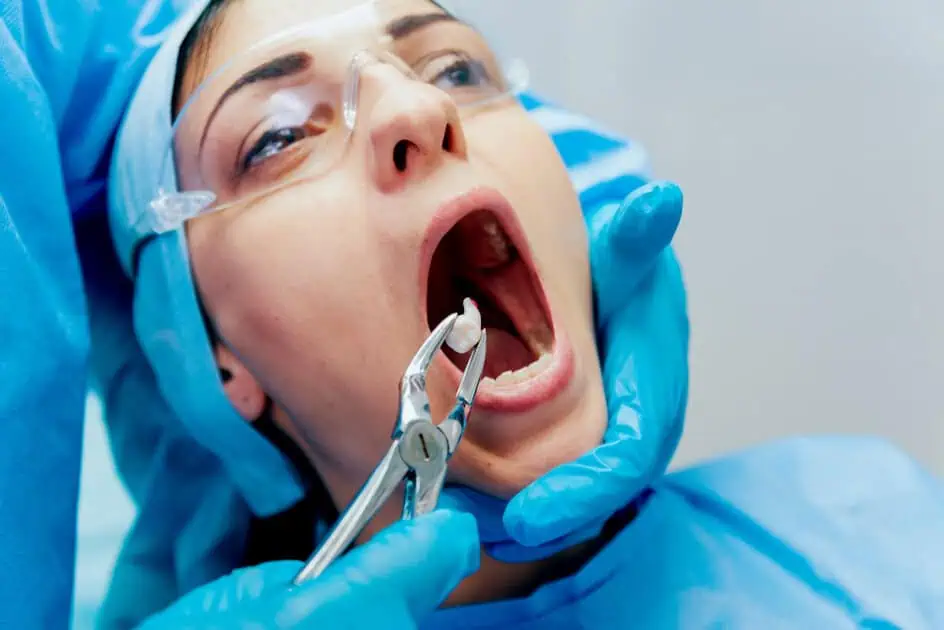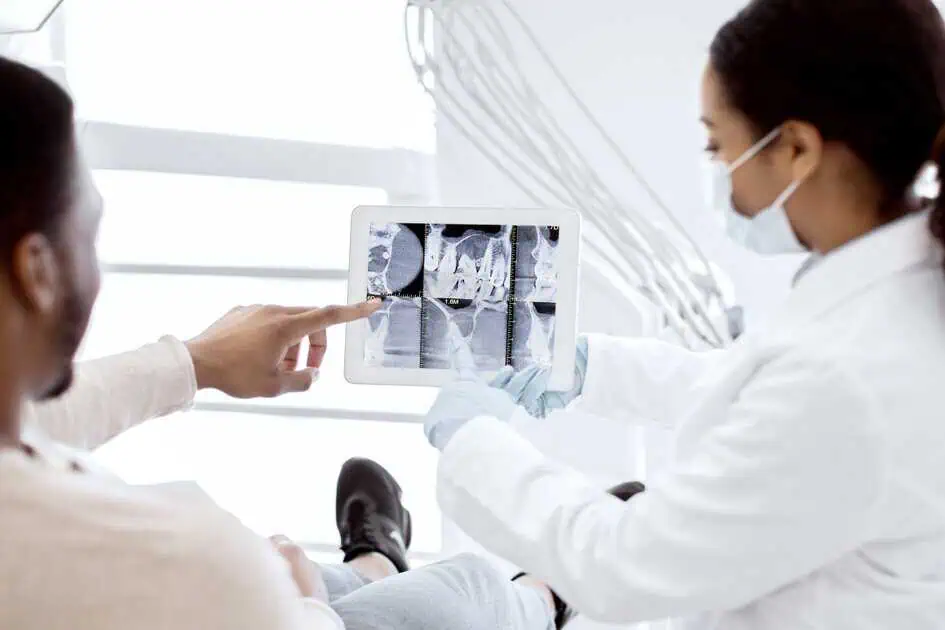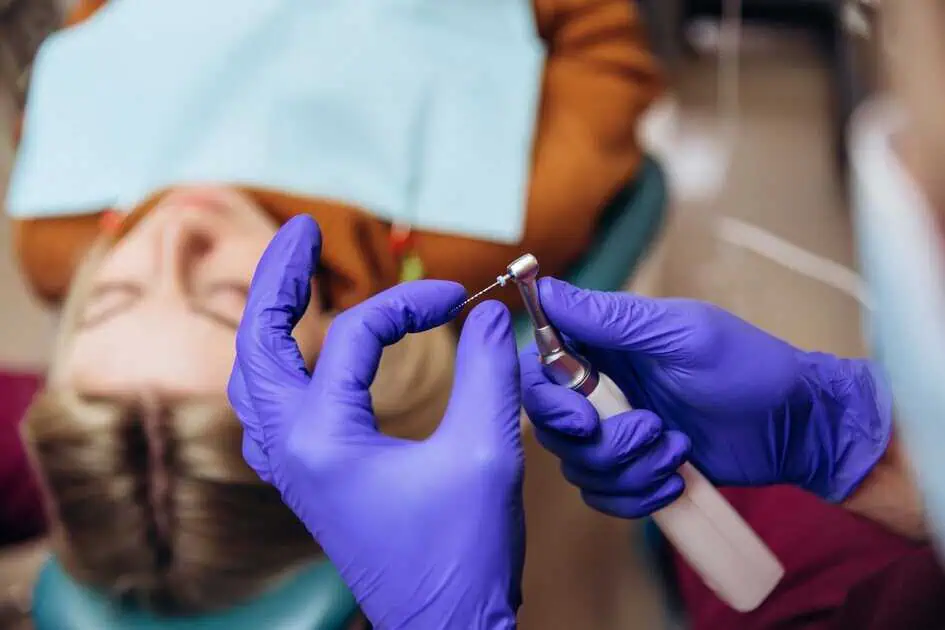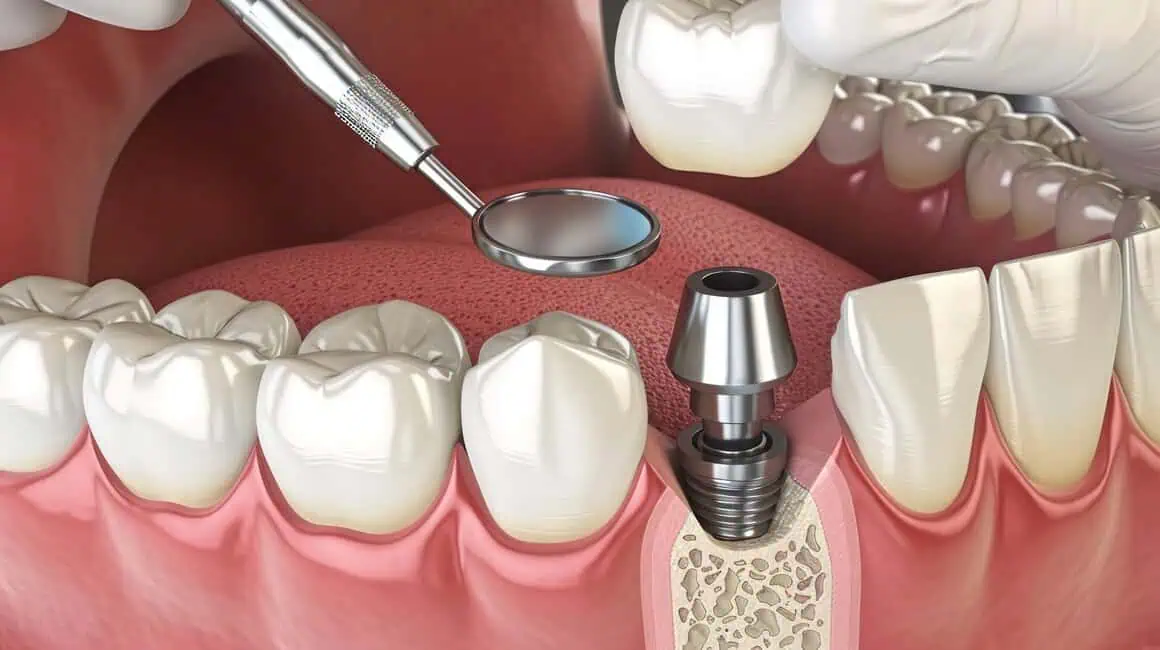As dentistry continues to evolve, so do the technologies and tools available to dental professionals. One of the most significant innovations in recent years has been the introduction of digital radiography, also known as digital x-rays.
This cutting-edge imaging technology has revolutionized how dental practitioners diagnose and treat oral health issues. From improved image quality to enhanced diagnostic capabilities, the advantages of digital radiography are numerous and far-reaching.
In this article, we will explore the sophistication and intricacies of this innovative technology and examine how it is transforming modern dentistry. So, without further ado, let’s delve into the fascinating world of digital radiography!
What Is Digital Radiography?
Digital radiography, aka Digital X-Rays, is a highly sophisticated technology that has revolutionized dentistry in myriad ways. At its core, digital radiography is a powerful form of imaging that utilizes highly advanced sensors and software to capture highly detailed and precise images of the teeth and surrounding oral structures. This technology represents a significant leap from traditional radiography, which relied on film-based imaging that could have been faster, more convenient, and more accurate.
By converting them into digital data, dental professionals can analyze these highly-detailed images with greater precision and accuracy. This provides a wealth of information that can be used to identify oral health issues, plan effective treatment strategies, and ultimately improve overall patient outcomes. In addition to its high level of accuracy, digital radiography also provides significant benefits in terms of speed, convenience, and flexibility.
Digital X-Rays Vs. Traditional X-Rays
Digital X-rays are a modern and convenient way of capturing high-quality images of your jaws and teeth. In contrast to traditional dental X-rays, which involve biting down on a plastic device fitted with an X-ray film, digital X-rays use a small sensor resembling a section inserted into your mouth. This sensor enables your dentist to capture highly detailed images of your teeth and oral structures, providing a wealth of details that can be used to identify oral health issues and develop effective treatment strategies.
One of the key advantages of digital X-rays is their versatility and flexibility. Adjustments to the image’s brightness or contrast allow your dentist to detect even the most minor areas of decay or damage in your teeth. This high level of precision allows for earlier detection of oral health issues, leading to more effective treatment outcomes and improved oral health.
On top of their high level of accuracy, digital X-rays are incredibly fast and convenient. Traditional X-rays require time to develop, but your dentist can view the images immediately after they are captured with digital X-rays. This provides seamless and efficient care, allowing your dentist to identify and address any issues quickly and effectively.
Another significant benefit of digital X-rays is that they expose patients to less ionizing radiation than traditional X-rays. This means digital X-rays are a safer and more reliable option, especially for patients who require frequent X-rays or may be more susceptible to radiation exposure. Overall, using digital X-rays in dentistry represents a significant leap forward in speed, accuracy, and patient safety.
Why Might Someone Need Digital X-Rays?
Digital X-rays have revolutionized the way dentists detect and treat various dental problems. Unlike traditional X-rays that rely on film, digital X-rays use advanced imaging technology to provide a detailed view of your teeth, roots, and jawbone. This lets your dentist identify potential problems early, long before they become more severe.
With the help of digital X-rays, dentists can spot various issues, including gum disease, cavities, cysts, tumors, abscesses, impacted teeth, and unerupted teeth. Here’s an overview of what Digital X-rays can do for you:
- Enable your dentist to view the inside of your teeth, their roots, and your jawbone in exceptional detail.
- Identify the first signs of damage, decay, or disease before it develops into a more severe problem.
- Offer prompt treatment that saves you from the pain, expense, and inconvenience of dental disorders.
- Detect gum disease, cavities, cysts, tumors, abscesses, impacted teeth, and unerupted teeth.
- Help locate the cause of your toothache and formulate a treatment plan.
- Show your dentist what is necessary for a successful wisdom teeth extraction surgery.
- Provide a complete set of X-rays for new patients, which helps your dentist assess your oral health and is essential for future comparison at appointments.
Different Types Of Digital X-Rays
Digital X-rays come in various types, each with its specific benefits. Some of the different types of digital X-rays include:
- Panoramic digital X-rays: This type of X-ray captures an image of your entire mouth and jaw, allowing your dentist to analyze the structure of your mouth and the relationship between your teeth and jaw.
- Close-up digital X-rays: As the name suggests, close-up digital X-rays focus on a specific part of your mouth, allowing your dentist to detect even the most minor issues, like a small spot of decay under a filling.
- 3D CBCT (cone-beam computed tomography) scans: This technology produces 3D images of your mouth and jaw, allowing your dentist a more comprehensive view of your dental health. It is beneficial for planning complicated procedures like dental implants, extractions, and orthodontic treatment.
By utilizing digital X-rays and other advanced technologies like 3D CBCT scans, dentists can offer a quicker, less painful, and more accurate diagnosis. These cutting-edge tools have revolutionized dentistry, making it possible to provide exceptional oral health care for patients.
Takeaway
With the many advantages digital radiography provides, it’s no wonder why more and more dentists are embracing this technology. Using digital X-rays allows dental professionals to provide their patients with faster, more accurate diagnoses, leading to more effective treatment outcomes and better oral health.
If you still need to figure out how digital radiography can benefit you, we encourage you to talk to your dentist at your next appointment. They can explain the process in detail and help you understand how this technology works to improve your oral health.
Using digital radiography, you can trust your dentist to provide the best care for your teeth and gums. So don’t hesitate to ask about this technology and learn how it can benefit you. Contact Solomon Dentistry today to learn more about our services.





